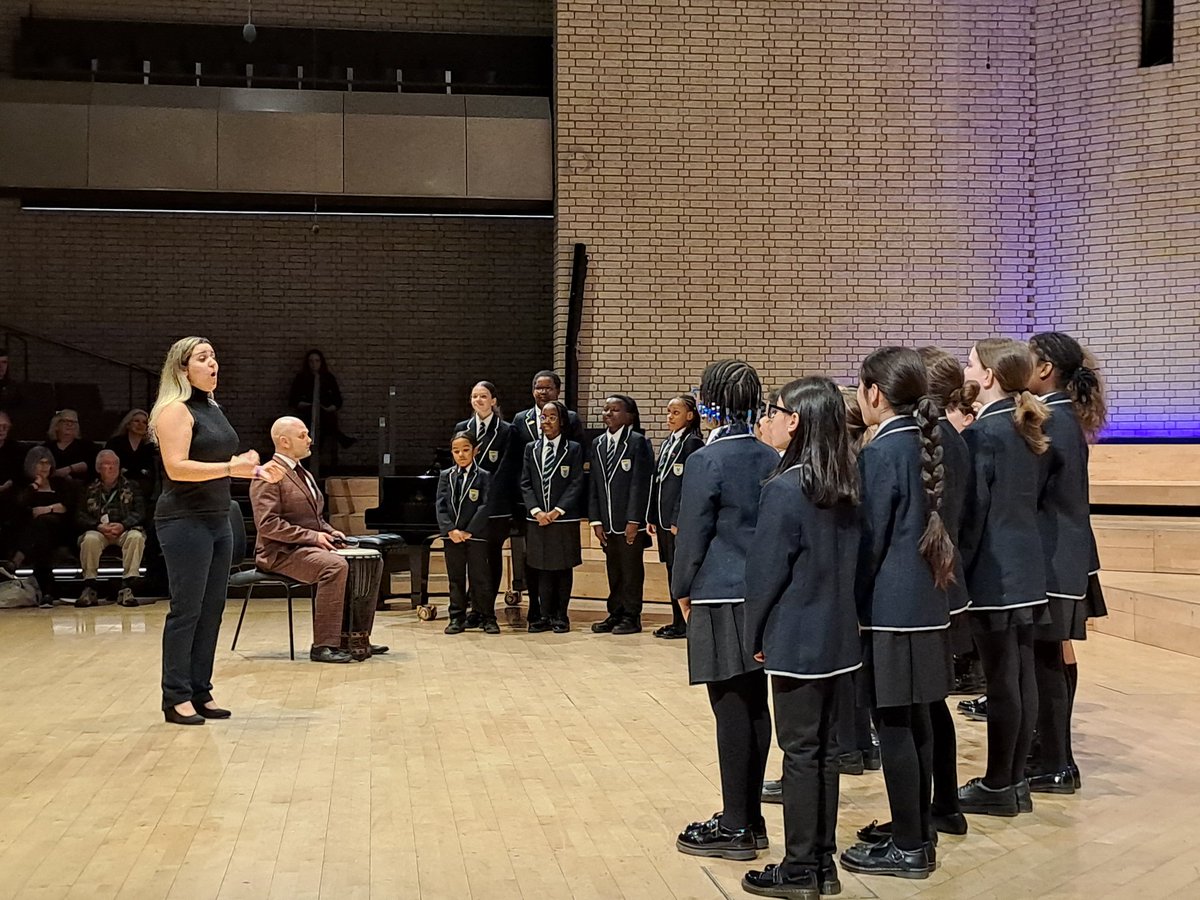Number Facts and Times Tables
At Harris Primary Chobham, we prioritise students mastering the number facts and times tables relevant to their year level. This is crucial because having quick recall of these key number facts helps lighten the cognitive load and frees up working memory. Unfortunately, our 'working memory' is very limited and it is all too easy to overload it! If number facts are securely learnt and stored in our 'long-term memory', then we can simply draw upon them when we need them ... and not use up our limited working memory by having to calculate facts. A freed up working memory allows us to focus on the real maths - usually a problem - at hand! Overlearning can only happen with dedicated practice, which requires opportunity and motivation.
At Chobham, we plan maths using NCETM. Our whole curriculum can be accessed by clicking this link which will take you to their website. The website also has plenty of resources to support your child with their learning at home for example, here.
Year 1
- Counting within 100.
- + and - between 0 and 20.
- Halfing and doubling numbers within 20.
- One more or one less.
- Number bonds to 10 and 20.
- Telling the time to half past and to the hour.
- Know the days of the week and the months of the year.
Year 2
- + and - multiples of 10
- + and - single digit numbers from 2 digit numbers using methods like partitioning.
- 2, 5 and 10 times tables (including division facts)
- Tell and write the time to 5 minutes including quarter past and to the hour.
- Know how many minutes are in an hour and how many hours are in a day.
Year 3
- Working with numbers to 1000.
- Using formal methods such as column addition and subtraction.
- Continue practising the 2,5 and 10 times table and introduce the 4 and 8s (including division facts)
- Write and tell the time using the 12 hour and 24 hour
- Know seconds in a minute, minutes in an hour, hours in a day.
- Days in a week, days in each month of the year, days in the year (and a leap year).
Year 4
- Working with numbers up to 10,000
- Continue using formal methods such as column addition and subtraction
- Continue practising the 2,4,5,8 and 10 times table.
- Introduce the 3, 6 and then 9 times table.
- Then introduce the 7s (all including division facts).
- Multiplying and dividing by 10,100 and 1000 by moving the digits.
- Read, write and convert time in 12 and 24 hour clocks.
- Convert hours to minutes, minutes to seconds, years to months and weeks to days.
Year 5
- Working with numbers to 1,000,000
- Negative numbers, crossing below 0
- Times tables 2-12 (and their division facts)
- Multiplying and dividing by 10,100 and 1000 by moving the digits.
- Formal methods such as short multiplication and division.
Year 6
By the time students get to Year 6, all of the above should be mastered. If they have not been, please do support your child in securing this knowledge as best as possible.
Resources to support home learning in maths:
https://www.bbc.co.uk/bitesize/subjects/z6vg9j6
https://www.topmarks.co.uk/maths-games/hit-the-button
https://www.primarygames.co.uk/




















